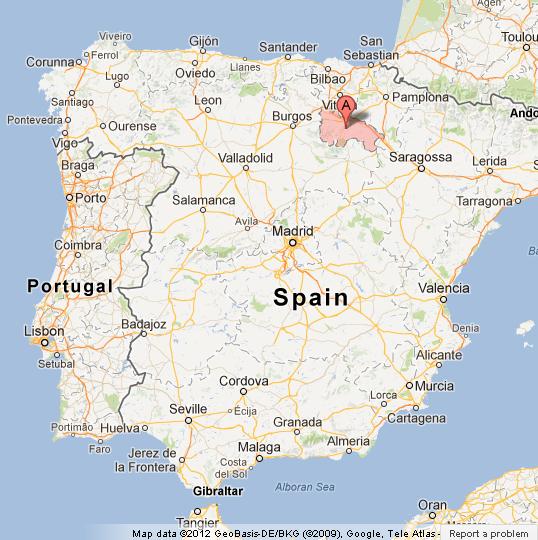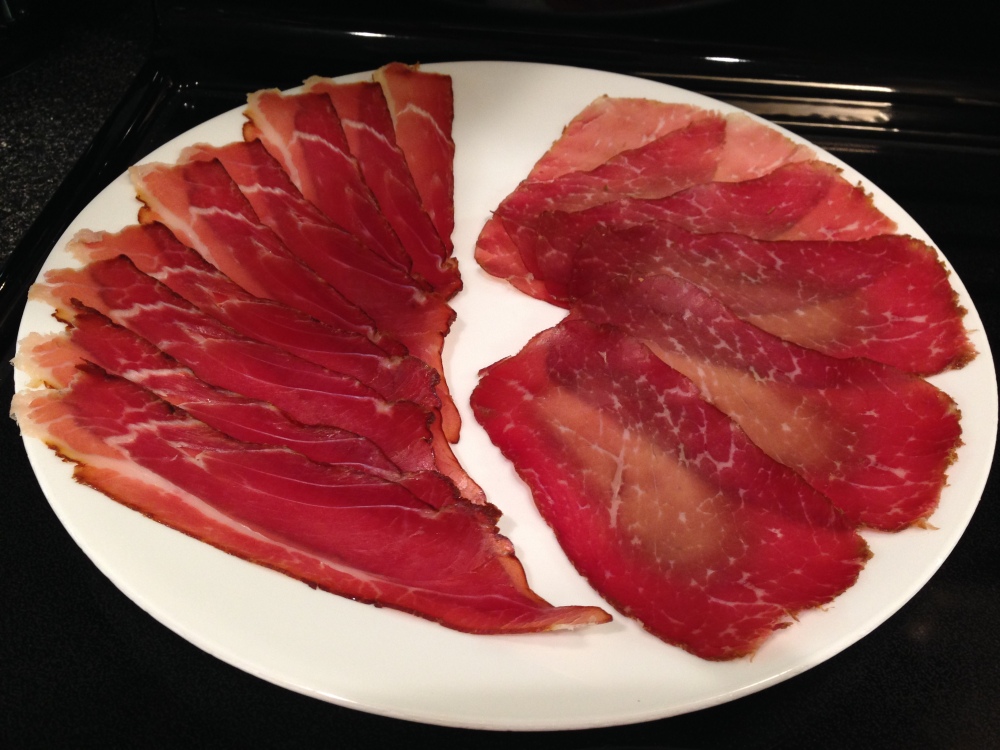
The late summer vacation mentioned in the previous post didn’t include traveling to Rioja, the most famous wine region in Spain. But it included a traveling bottle of Rioja wine.
After spending a few days in Provence, the next leg of my summer vacation took me to the town of my birth, Novi Sad, for a visit to my family and friends. Nestled by Fruška Gora, a mountain rising in the seemingly endless Pannonian Plain, Novi Sad and the area have their own wine tradition, and there will be a story about it in the future for sure but — this is a story about Rioja wine. Why on earth are we talking about Rioja wine then?, you may ask.
To set the stage, some of you may recall that my close cousin and I share a love of wine. You may remember our wine tasting discoveries from one of the earlier posts. Long story short, my cousin has a good friend who lives in Spain, and brings a bottle or two of Spanish wine when he comes for a visit. And better still, my cousin keeps one of the bottles to share with me! (Before we go on, you may take a moment to think about friendship, anticipation, and sharing. You know, things that really matter.)
Now, back to the maybe a bit lower on the significance scale, but still important topic of Rioja wine. Or the Rioja region. And its wine.
Rioja, or La Rioja as locally known, is a region in northern Spain. Its unique position between the Atlantic Ocean and the Mediterranean Sea with the protection of the mountains to the north makes it enjoy a climate that benefits from the best and escapes the worst elements that influence the rest of Spain. Such as droughts and excessive heat.

Its remarkable wines have been so good for so long, that the region has been awarded with Denominación de Origen Calificada (D.O.C., or ‘Qualified Designation of Origin’) – the highest category in Spanish wine law. Designated as the first one, it remains one of the only two.
Like there is no Bordeaux or Chianti grape to make Bordeaux or Chianti wine, there is no Rioja grape. Tempranillo brings about the magic behind Rioja blends. Known under many different names throughout Spain (and Portugal), and hidden behind the Rioja (and Ribera del Duero, another Spanish wine region) label it may not be your household name. Yet. Its characteristics may make it so.
Tempranillo’s lush texture and exuberant fruit form a part of its appeal. Although not overly tannic or acidic – another part of the appeal – Tempranillo ages beautifully. This may be due to its uncanny affinity to oak, that imparts vanilla notes which become subtler after months or years in barricas (225 litre barrels) and later in bottles.
Which finally brings us to the well traveled and traveled for wine.
Ramōn Bilbao Reserva 2010 poured deep garnet colour, expressing its age by a light-brown rim. Aromas of dark fruit, leading with mulberries, mingled with spice box, cedar, and violets. On the palette, it felt plush with black currant, well integrated tannins, and nice acidity (not typical of Tempranillo; a result of expert blending). The finish was long, with a surprising up-kick of black currant flavours. It paired amazingly well with the local (to Novi Sad) charcuterie including dried beef (similar to bresaola) and a spicy pork sausage known as kulen.
The pleasure personified that describes the evening of shared wine, food, and stories, did not come only from the bottle.
